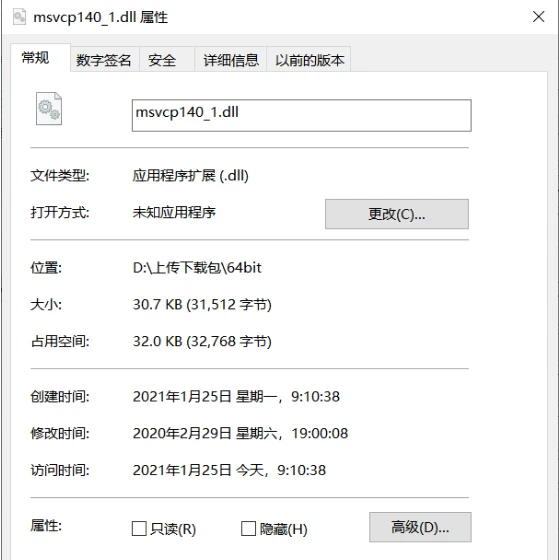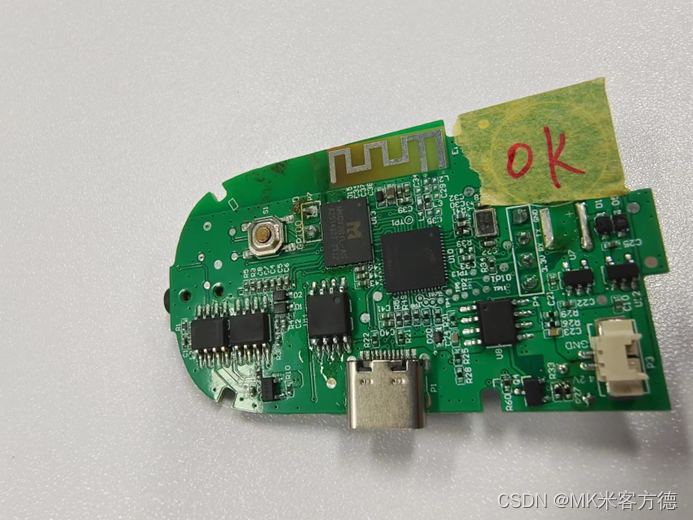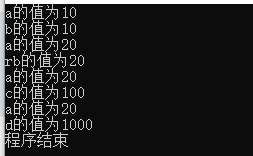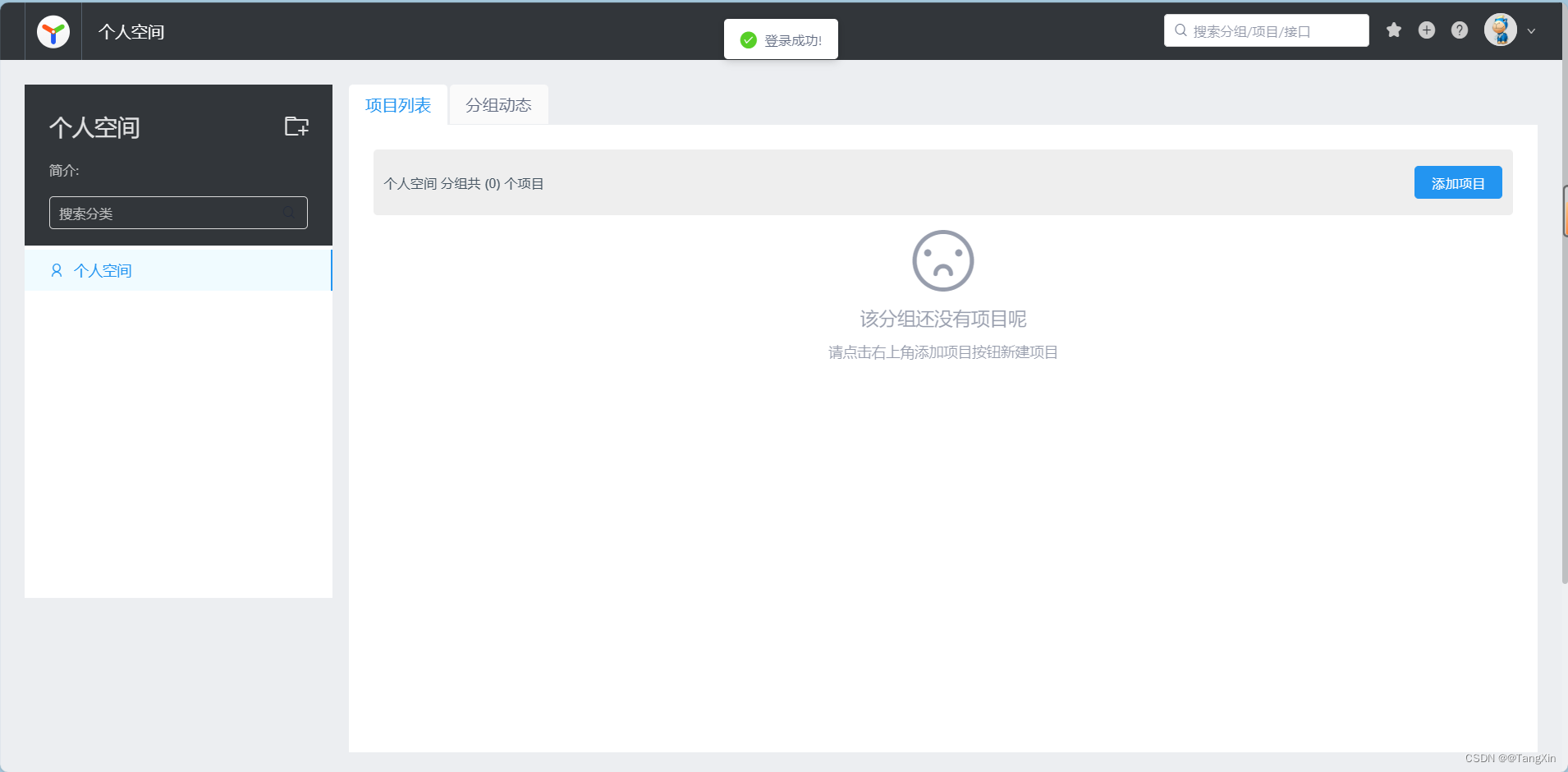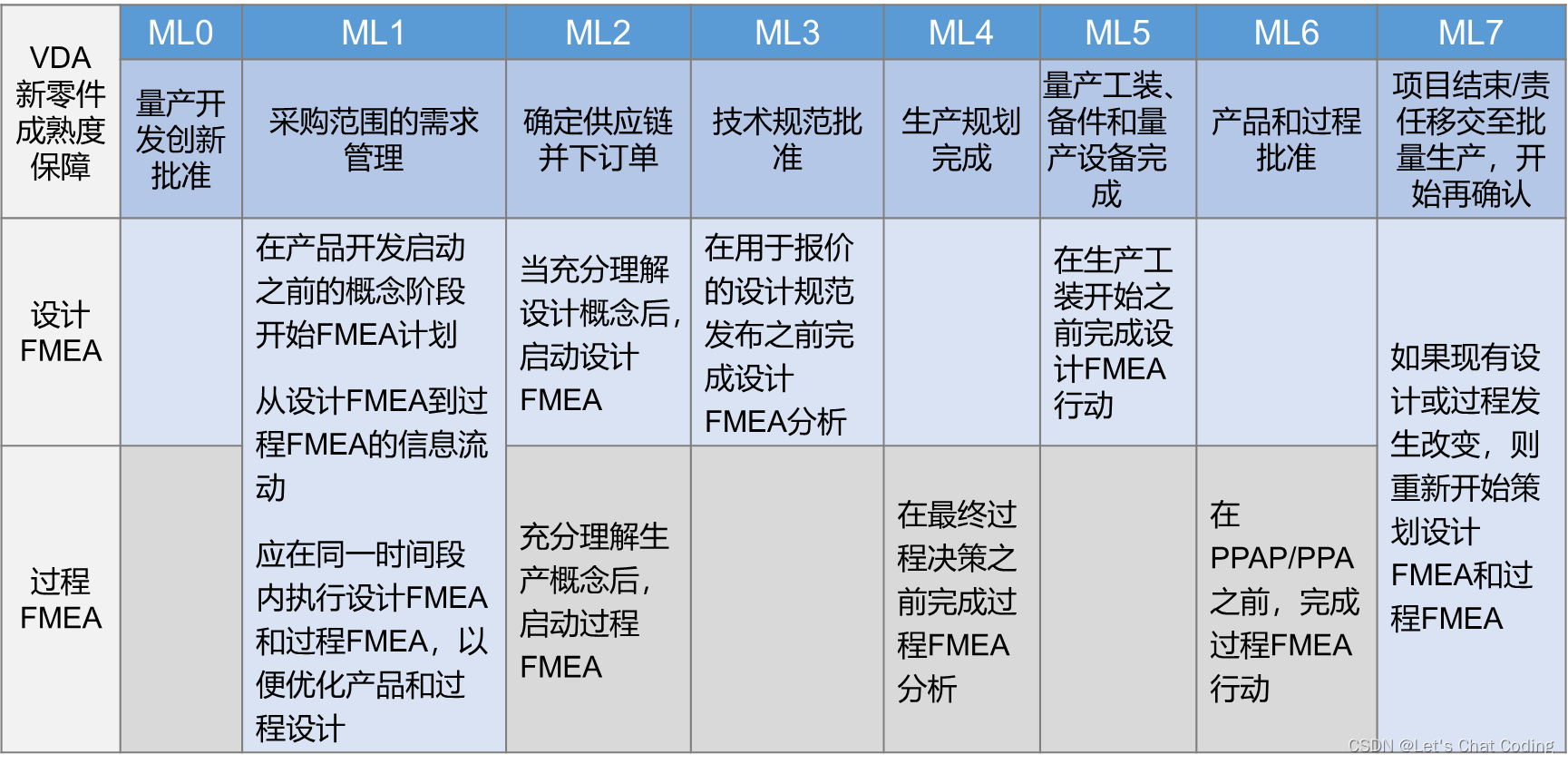话接上一篇,我们仍使用在上篇《Qt+Opencv:Qt中部署opencv》创建的Qt项目来测试opencv提供的sample。
在正式开始本篇之前,我们先说做一下准备工作:
一、opencv官方文档
学习最权威和最可靠的方式,就是阅读官方文档和实践模块samples。同样,opencv的文档个人觉得做的还是可以的,当然,相对于我们熟悉Qt开发的朋友来说,这帮助文档还是“略微逊色”。
上篇,我们选定opencv 3.4.16 版本进行工程实践,所以我们对应去看该版本的文档即可。
doc地址:https://docs.opencv.org/3.4.16/
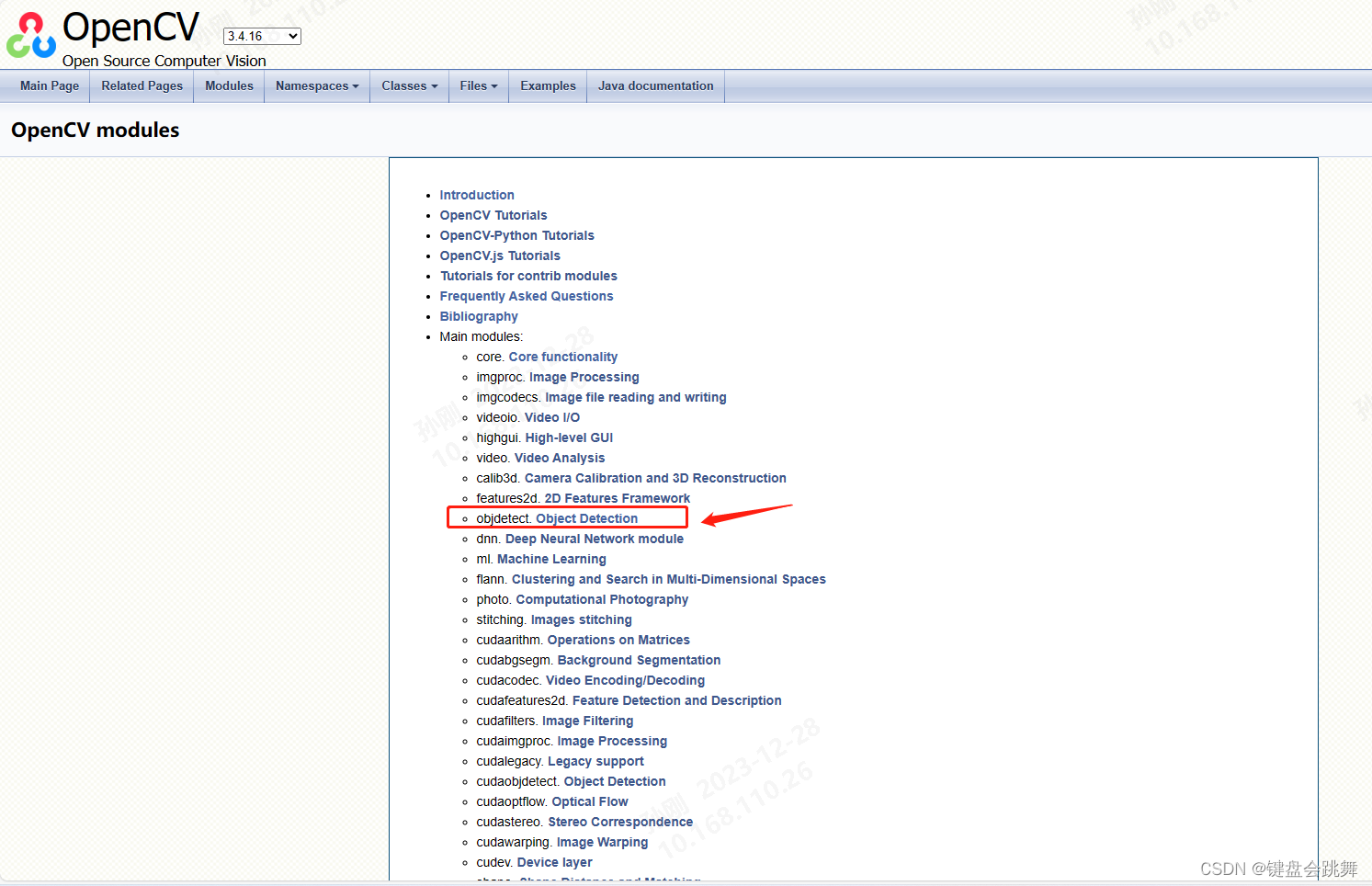
有朋友会问3.0和4.0的版本有什么大的变化么,答案是我目前也不知道,后面在逐渐精进深入的过程中,版本特性比较,必然也是我们要做的工作之一。所谓知己知彼,百战不殆。手握神剑,当然要尽可能把圣剑之威力发挥的淋漓尽致。不过话说回来,opencv太大面太广,深入研究某一模块到极致就可惊为天人了,不必泛泛求全。但是,保持对知识的贪婪和饥渴,总能促使人不断的学习和进步。话说,作者写这篇的时候已经忘记吃饭。
二、下载源码和samples
地址:https://github.com/opencv/opencv/tree/3.4
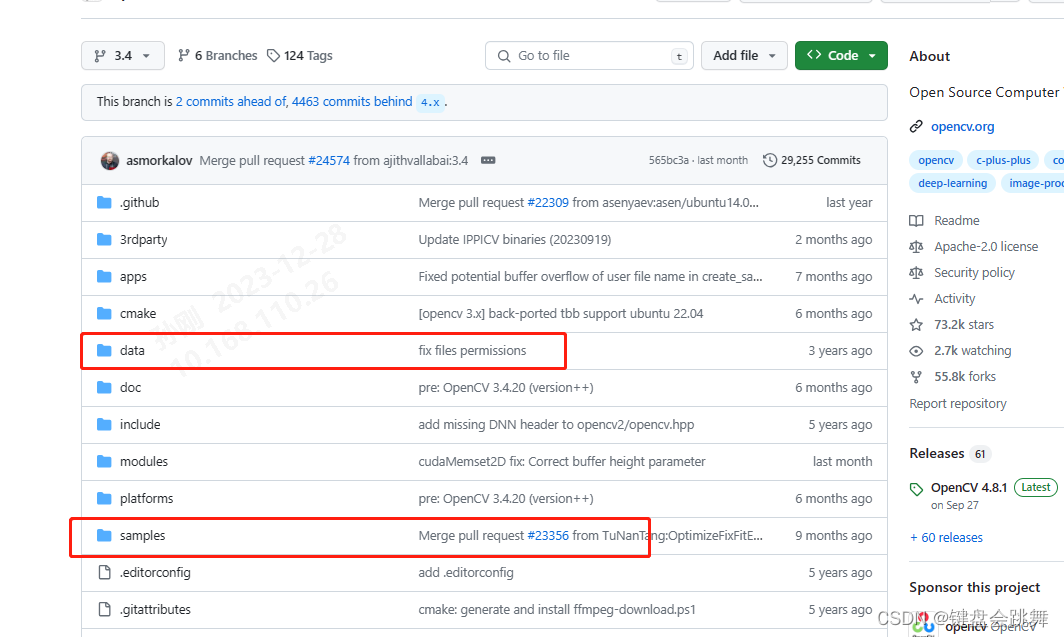
data中有我们本章人脸检测的数据模型,需要拷贝到我们Qt自己的项目目录下。譬如作者自己的:

三、项目实践
#include <QApplication>
#include <opencv.hpp>
#include <QDebug>
#include <opencv2/imgproc.hpp> // Gaussian Blur
#include <opencv2/core.hpp> // Basic OpenCV structures (cv::Mat, Scalar)
#include <opencv2/videoio.hpp>
#include <opencv2/highgui.hpp> // OpenCV window I/O
#include <opencv2/features2d.hpp>
#include <opencv2/objdetect.hpp>
#include <stdio.h>
using namespace std;
using namespace cv;
const string WindowName = "Face Detection example";
class CascadeDetectorAdapter: public DetectionBasedTracker::IDetector
{
public:
CascadeDetectorAdapter(cv::Ptr<cv::CascadeClassifier> detector):
IDetector(),
Detector(detector)
{
CV_Assert(detector);
}
void detect(const cv::Mat &Image, std::vector<cv::Rect> &objects) CV_OVERRIDE
{
Detector->detectMultiScale(Image, objects, scaleFactor, minNeighbours, 0, minObjSize, maxObjSize);
}
virtual ~CascadeDetectorAdapter() CV_OVERRIDE
{}
private:
CascadeDetectorAdapter();
cv::Ptr<cv::CascadeClassifier> Detector;
};
int main(int , char** )
{
namedWindow(WindowName);
VideoCapture VideoStream(0);
if (!VideoStream.isOpened())
{
printf("Error: Cannot open video stream from camera\n");
return 1;
}
/// 这里模型文件的路径一定要写对,按照各位的项目配置实际填写
/// 可以使用绝对路径,也可以使用相对路径
std::string cascadeFrontalfilename = samples::findFile("data/lbpcascades/lbpcascade_frontalface.xml");
cv::Ptr<cv::CascadeClassifier> cascade = makePtr<cv::CascadeClassifier>(cascadeFrontalfilename);
cv::Ptr<DetectionBasedTracker::IDetector> MainDetector = makePtr<CascadeDetectorAdapter>(cascade);
if ( cascade->empty() )
{
printf("Error: Cannot load %s\n", cascadeFrontalfilename.c_str());
return 2;
}
cascade = makePtr<cv::CascadeClassifier>(cascadeFrontalfilename);
cv::Ptr<DetectionBasedTracker::IDetector> TrackingDetector = makePtr<CascadeDetectorAdapter>(cascade);
if ( cascade->empty() )
{
printf("Error: Cannot load %s\n", cascadeFrontalfilename.c_str());
return 2;
}
DetectionBasedTracker::Parameters params;
DetectionBasedTracker Detector(MainDetector, TrackingDetector, params);
if (!Detector.run())
{
printf("Error: Detector initialization failed\n");
return 2;
}
Mat ReferenceFrame;
Mat GrayFrame;
vector<Rect> Faces;
do
{
VideoStream >> ReferenceFrame; /// 获取每一帧图像
cvtColor(ReferenceFrame, GrayFrame, COLOR_BGR2GRAY);
Detector.process(GrayFrame);
Detector.getObjects(Faces);
for (size_t i = 0; i < Faces.size(); i++)
{
rectangle(ReferenceFrame, Faces[i], Scalar(0,255,0)); /// 人脸检测并绘制矩形
}
imshow(WindowName, ReferenceFrame);
} while (waitKey(30) < 0); /// 等待按键触发,退出检测loop
Detector.stop();
return 0;
}
四、效果演示(博主自爆了*)
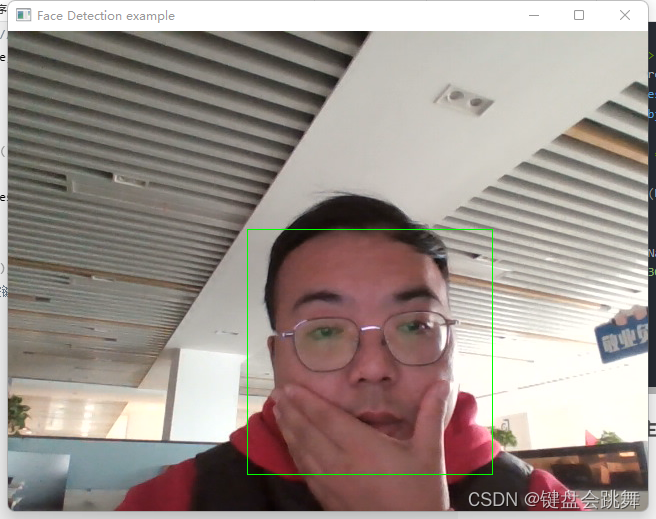
下一张我们深入研究人脸检测(此模型只支持正脸)的实现,以及模型文件杂谈一二~



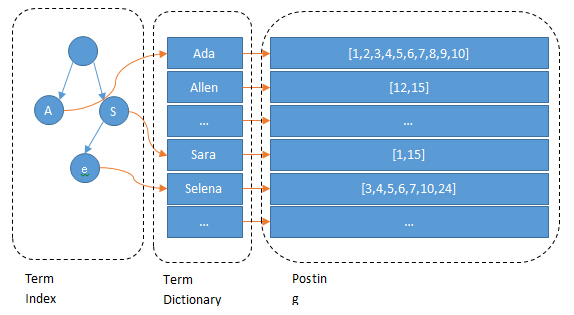


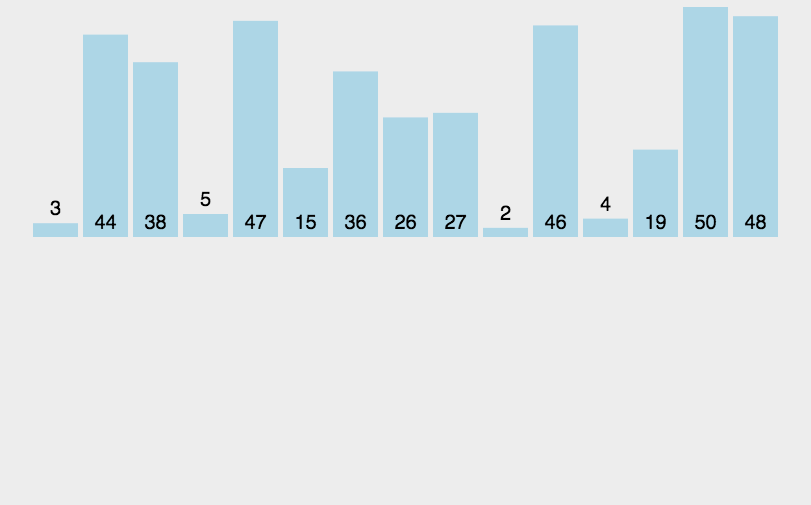
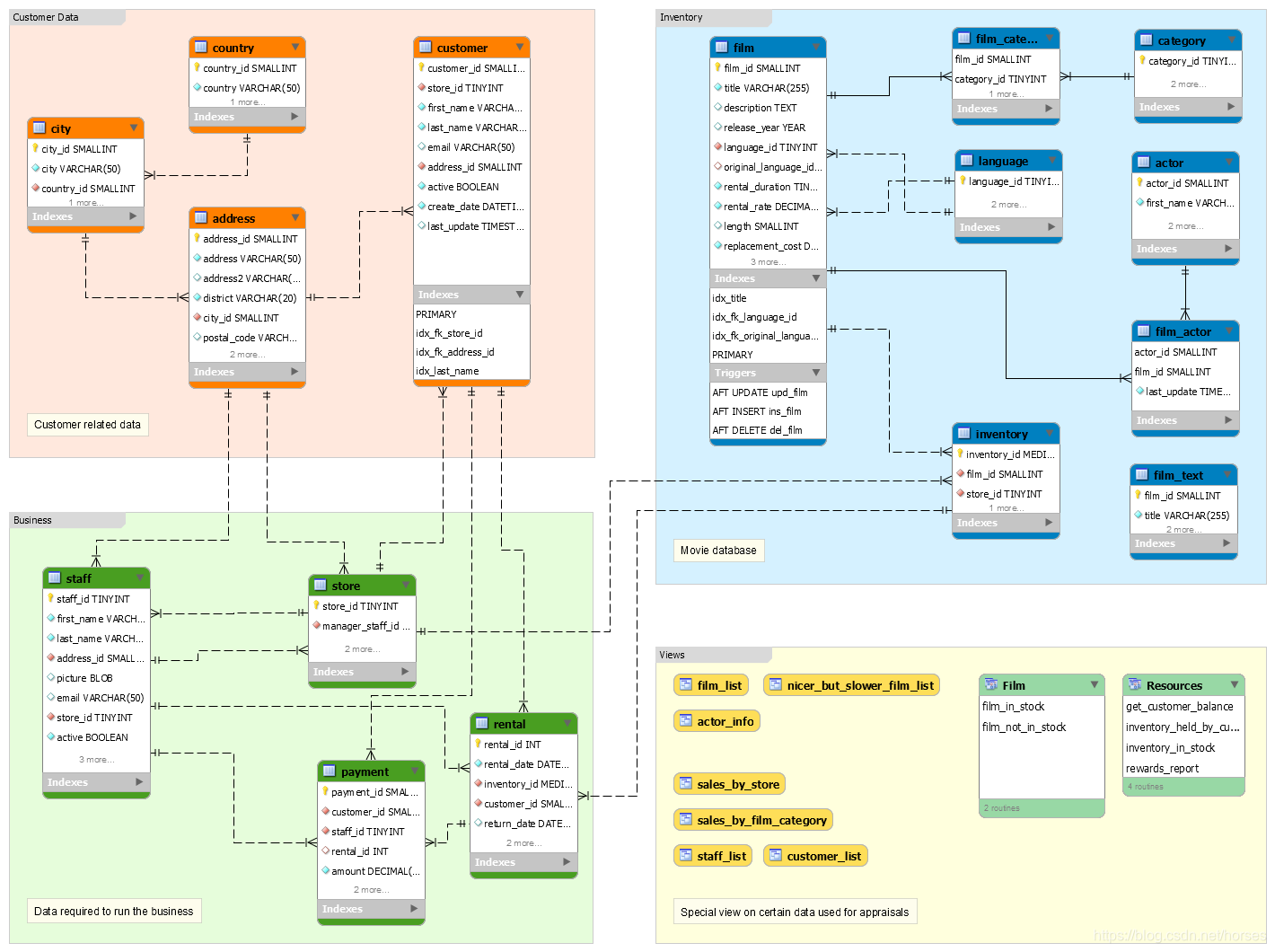
![[react]脚手架create-react-app/vite与reac项目](https://img-blog.csdnimg.cn/direct/7e6e5b22e9b64317b0ce9551b8162802.png)
